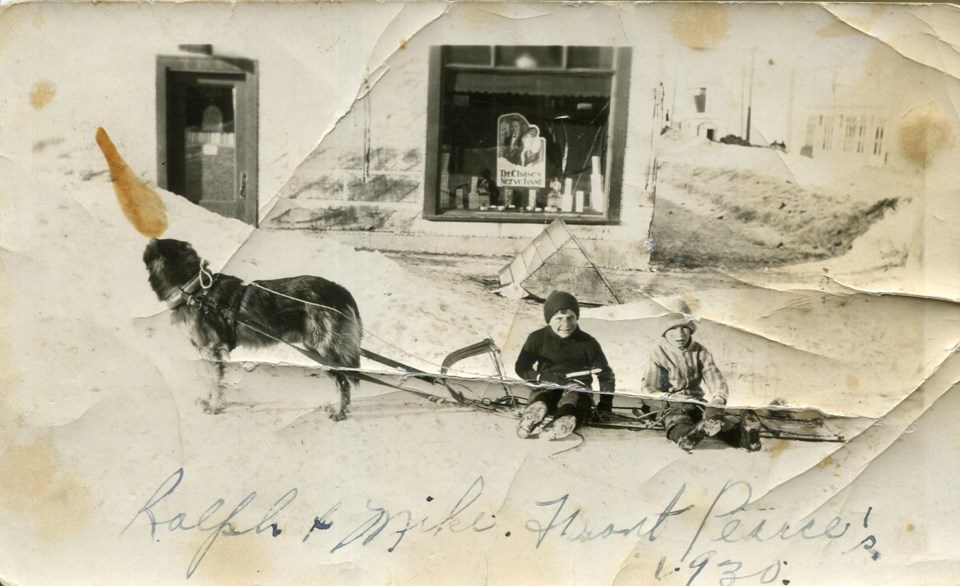A popular activity for many this time of year is tobogganing — or sliding, as the kids say now. Many of us know that the best way to glide down those snowy slopes is on a wooden toboggan, huddled together.
Historically, Indigenous groups used toboggans extensively throughout the winter months. It was used to haul goods, travel and more. They worked best in light powdery snow and were replaced by canoe-sleds when the snow was heavy and wet. Dogs were typically used to pull the toboggans when hauling. Among the Chipewyan, toboggans were pulled by women.
Toboggans were adopted here in the region and eventually became an outdoor recreational activity. In February 1939, A Miss S. Smith, a deaconess, held a toboggan part along the north hills of Cecil Avenue. It was described as a “jolly good time” with hot cocoa and refreshments at the church afterwards.
In November 1924, a permit was given by the city to J.A. Lirette to erect a toboggan slide on Gillies Lake. Toboggans were also given as prizes to winners of the annual dog race. In March 1927, Mr. O. Laroque won second place and was awarded a toboggan by Northern Canada Supply Company.
Each week, the Timmins Museum: National Exhibition Centre provides TimminsToday readers with a glimpse of the city’s past.
Find out more of what the Timmins museum has to offer here and read more Remember This? columns here.



